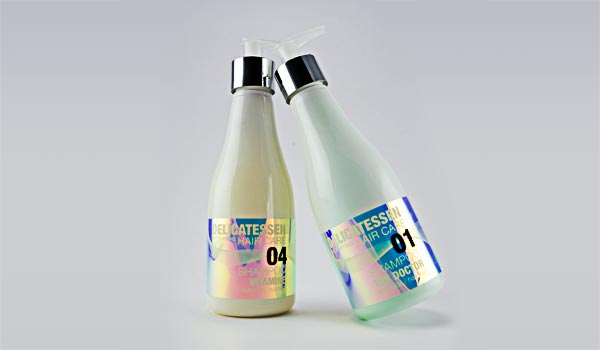
- 17 Oct 2017
The importance of the label in your marketing strategies
“I have very simple tastes; I always enjoy the best “
Oscar Wilde
The question “how do you choose the best” rises spontaneously?
Is it enough that a product is useful, functional and necessary to push a consumer to consider it better and to buy it?
Obviously not.
Many entrepreneurs focus on the quality of what they sell, ignoring that the quality is evaluable by the customer only after the purchase.
Before you actually test your product, customers can only make suppositions based on what is communicated to them more or less directly.
An example? Applying to a product the term “Made in Italy” makes it almost automatically desirable for the same product in China. Our brain has associated the first with a series of positive qualities (genuinity, tradition, etc …) and reserved for the second among the worst values that a brand might acquire (poor and cheap product, counterfeiting, alteration, exploitation of work) .
The gray matter we have in the head does not want to analyze all the details and go deep into any product that comes into our shopping cart, so it decides to use “shortcuts” that allow it to get judgments ready for use.
Working on how potential customers perceive product quality is, for sale, more important than what’s in the box.
What determines the purchase is the perception that the consumer has of the quality of your product, not the quality in itself.
As that particular product is presented to the public at the point of sale, the way it is “dressed” and is highlighted, among many other products with the same characteristics determine the impetus of purchase.
To always say with Oscar Wilde: “Yes, shape is all”.
The product suit has to meet some specific goals: to inform, attract and sell.
The quality label is what makes you emerge from that mist surrounding all the products displayed on the shelf next to yours: captures attention, arouses interest and drives the person to buy. Everything else is boring and useless style exercise.
The label fulfills a twofold task: to provide the consumer with all the information about the product’s characteristics but, before that, represent the identity of your brand, its unique identity with respect to all other proposals.
Any serious marketing project starts with a key idea: brand placement on the market, or the space you want to occupy in your client’s mind, to those (few and simple) concepts that must associate with your name.
Because you often think of a label or in general about packaging a product as something that needs to be simply beautiful, without pausing to think that hitting attention is not just beauty, but diversity, uniqueness.
It is his ability to invite us to know an unknown and desirable world, inimitable to everyone else.
The problem arises when the identity of a trademark is unclear, as it is unclear who promotes it because someone should choose the product linked to it. In these cases, it goes back to the search for aesthetic end to itself, to compensate for the fact that there is nothing to say.



